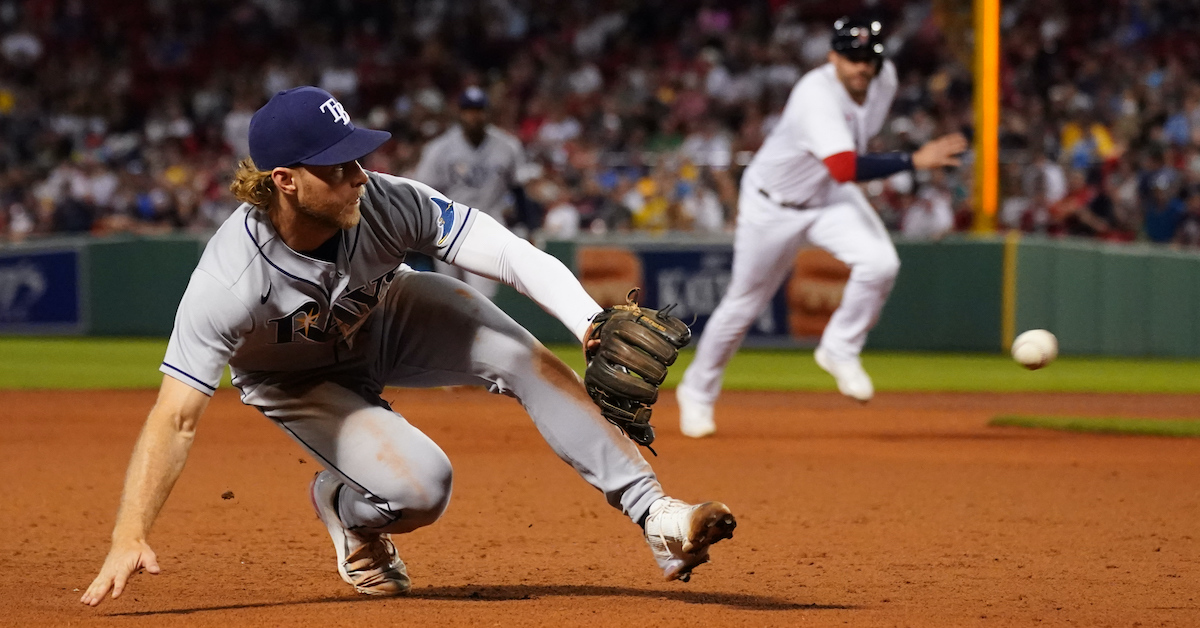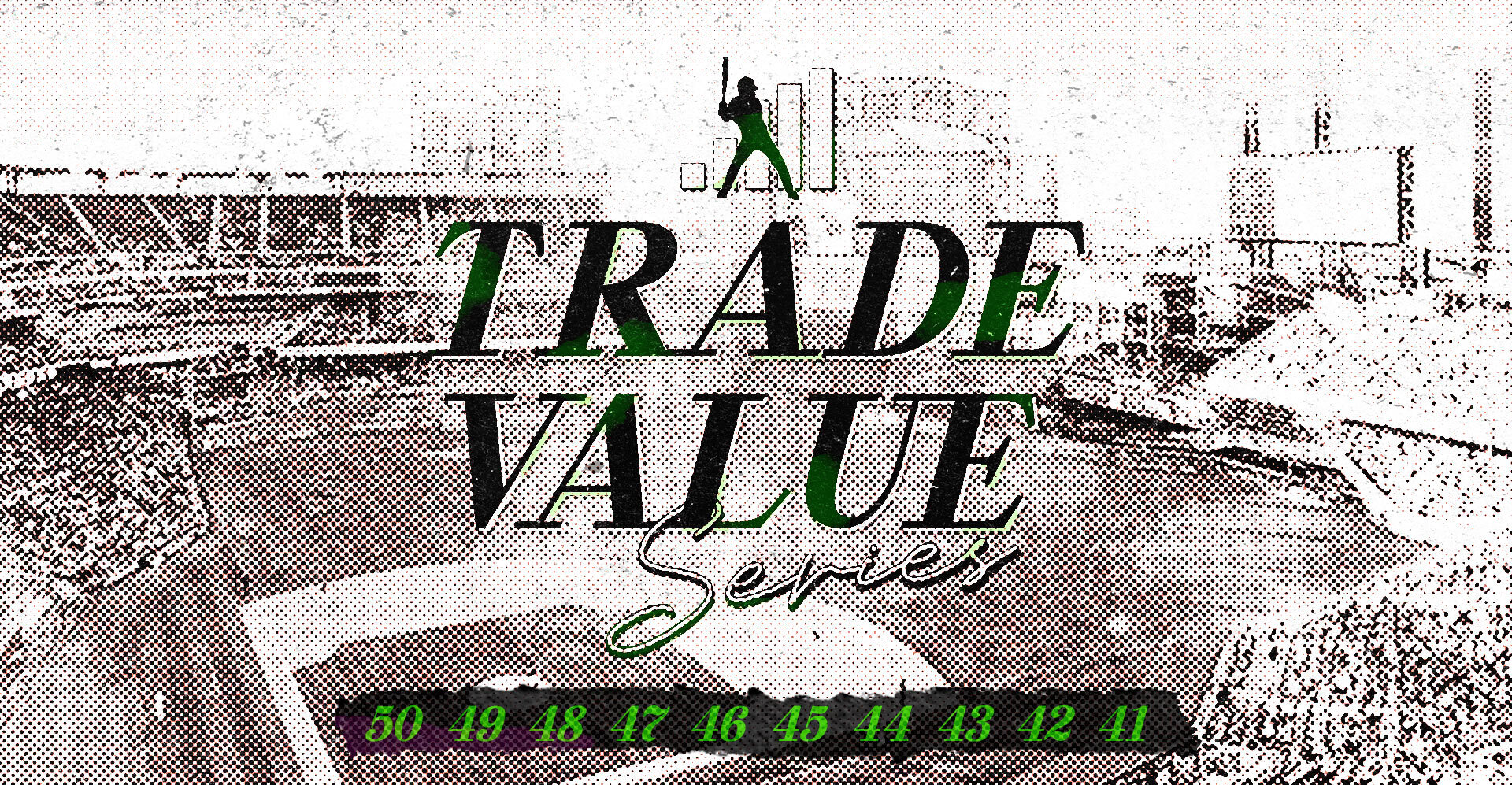The 2022 Replacement-Level Killers: Second Base and Shortstop

While still focusing upon teams that meet the loose definition of contenders (a .500 record or Playoff Odds of at least 10%), and that have gotten about 0.6 WAR or less thus far — which prorates to 1.0 WAR over a full season — this year I have incorporated our Depth Charts’ rest-of-season WAR projections into the equation for an additional perspective. Sometimes that may suggest that the team will clear the bar by a significant margin, but even so, I’ve included them here because the team’s performance at that spot is worth a look.
As noted previously, some of these situations are more dire than others, particularly when taken in the context of the rest of their roster. I don’t expect every team to go out and track down an upgrade before the August 2 deadline, and I’m less concerned with the solutions – many of which have more moving parts involved than a single trade — than the problems.
| Team | AVG | OBP | SLG | wRC+ | Bat | BsR | Fld | WAR | ROS WAR | Tot WAR |
|---|---|---|---|---|---|---|---|---|---|---|
| Rays | .195 | .267 | .330 | 75 | -11.0 | 0.3 | -1.5 | 0.1 | 1.8 | 1.9 |
| White Sox | .220 | .265 | .329 | 68 | -13.8 | 0.2 | 2.4 | 0.2 | 0.6 | 0.8 |
| Mariners | .215 | .282 | .308 | 73 | -12.6 | 0.0 | 4.6 | 0.6 | 1.0 | 1.6 |
Rays
After hitting for a 137 wRC+ with 39 homers en route to a 5.0 WAR season in 2021, Brandon Lowe helped the Rays top this year’s preseason Positional Power Rankings. But he hit just .177/.250/.316 (66 wRC+) with three homers in April and was sidelined by a stress reaction in his lower back in mid-May, missing two months. The Rays used five other players at the spot in his absence, with Vidal Bruján (.189/.229/.233), Isaac Paredes (.164/.282/.377), and Taylor Walls (.125/.204/.188) all varying degrees of dreadful in making 14–24 starts at second.
Thankfully, Lowe was activated off the injured list just before the All-Star break and has hit .435/.458/.652 in 24 PA since returning, lifting his line to .248/.318/.454 (123 wRC+). Between him and Paredes, who has homered 13 times in 191 PA and hit .216/.293/.485 (123 wRC+) overall while playing third, second, and first base, the Rays probably have enough coverage at the position. The more pressing infield need is actually at shortstop, where Walls (.173/.254/.282, 59 wRC+ overall) is playing regularly while Wander Franco recovers from July 12 surgery to repair a fractured hamate bone; he’s probably out for another three to six weeks.
Thus, a shortstop who could also help at second would be a good trade target. The Rockies’ José Iglesias is a pending free agent, and the Marlins’ Miguel Rojas is signed through next year, albeit at just $5 million. Paul DeJong, who fell out of favor with the Cardinals and was sent to Triple-A Louisville, where he recently won International League Player of the Week honors, could be a buy-low candidate if St. Louis is willing to eat some of of his remaining salary (about $13 million including a buyout of his 2024 option). A bigger deal that also helps to cover for the season-ending injuries of catcher Mike Zunino (thoracic outlet syndrome) and center fielder Kevin Kiermaier (torn hip labrum) could shake additional options loose. Read the rest of this entry »









